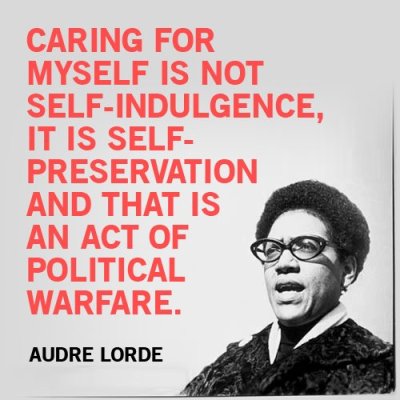When I first came to Washington, DC almost six years ago, my career goal was to become the executive director (ED) of a nonprofit. At the age of 26 my dream came true, and I became the ED of
Public Leadership Education Network (PLEN). PLEN is a small nonprofit that trains college women for careers in public policy. So if you have career ambitions to become an ED in the future, what can you be doing now?
While nonprofits will definitely hire EDs who come from the private sector or government, a past history of working for nonprofits demonstrates your commitment to the sector. It would also be helpful if you currently or previously served on a nonprofit board, so you can bring multiple models and past experiences to your new job. An ED is expected to be an expert in whatever cause your nonprofit serves, so you will also need to demonstrate a track record of knowledge and experience in your area. For example, since PLEN worked with women and public policy, my past experiences working for my sorority, Congress, a campaign, the United Nations, and the women's suffrage museum definitely helped my candidacy.
Develop Your Skills
An ED needs to have a variety of skills, including budgeting and financial management, marketing, public relations, and communications, volunteer management, human resources, business administration, and managing board relations. The number one skill set an ED should have is fundraising, which is particularly true for smaller nonprofits. If your current job does not allow you to grow in these areas, volunteer for an organization. For example, I learned grant writing by volunteering for my local United Nations Association, and I later served on the board of that organization.
Develop Your Network
Ideally, as with any job, you should not be a stranger to the organization. Start developing relationships now with organizations you are interested in possibly serving as ED.
Subscribe to their newsletter and interact with them on social media. Volunteer at their events. Even if it is a small amount, donate regularly so you build up for your donor history with the organization. Get to
know current staff and board members. For PLEN, I randomly wrote about them in 2008 when I wrote a chapter about internships for
UChic: The College Girl's Guide to Everything. Two years later when I was interviewing for the ED position, that book was on the shelf in their office because they knew I mentioned them!
Serving as an ED is extraordinarily challenging but rewarding. Below are more articles about my career path as well as free nonprofit resources you can subscribe too. You can be a great ED and you can start creating that path today!
Articles about my path to ED
From Dead-End to Dream Job: Taking Control of Your Career
How She Got There: Pamela O’Leary, Executive Director of the Public Leadership Education Network
Great Newsletters and Resources for Nonprofit Careers (I was subscribed to all of the listings below!)
Fundraising
http://stepbystepfundraising.
com/
http://www.fundraising123.org/
http://www.fundraisingideas.
org/
www.wealthengine.com
http://capaciteria.org/
http://
catalogueforphilanthropy-dc.
org/
http://www.gailperry.com/
http://fundamentals.convio.
com/?elqPURLPage=347
http://www.givinginstitute.
org/resourcelibrary/
Webinars (some are free)
http://nonprofitwebinars.com/
http://www.nonprofit101.org/
http://foundationcenter.org/
getstarted/training/webinars/
http://www.wealthengine.com/
pub/workshopArchives.jsp
http://www.humanics.org/site/
c.omL2KiN4LvH/b.1098773/k.
BE7C/Home.htm
http://www.naccouncil.org/
Trainings
http://ynpn.org/
http://www.theopedproject.org/
http://nonprofitroundtable.org/what-we-do/a-strong-sector/future-eds
http://www.compasspoint.org/
http://www.progressiveleaders.org/leadershipprograms/executive.html
http://www.leadershipinstitute.org/
Nonprofit trends and best practices
http://philanthropy.com/section/Home/172
http://www.blueavocado.org/
http://www.boardsource.org/
http://www.independentsector.org/
http://www.nonprofitleadershipalliance.org/
http://www.rosettathurman.com/
http://managementcenter.org/
resource-library
http://vivanista.com/resource-
library
http://www.
councilofnonprofits.org/
resources
http://managementhelp.org/
boards/boards.htm
http://www.grassroots.org/
services
http://simonejoyaux.com/
download.php
http://www.aherncomm.com/news.
php
http://www.sofii.org/
![DSCN2617[1]](http://peaceplayersintl.files.wordpress.com/2012/06/dscn26171.jpg?w=500&h=375)


